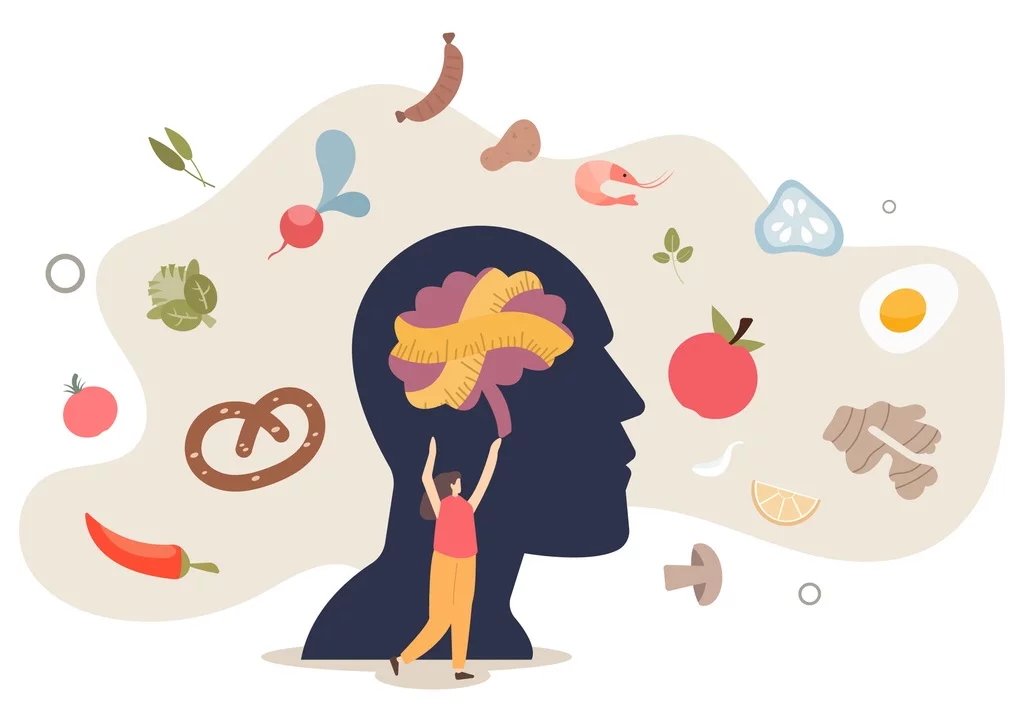Understanding the Difference Between an Eating Disorder and Disordered Eating: Why National Eating Disorder Awareness Week Matters
March is a time when we take a moment to reflect on a topic that is often overlooked: eating disorders. It was recently National Eating Disorder Awareness Week (NEDAW), an annual event aimed at shedding light on the complexities of eating disorders, reducing the stigma around them, and raising awareness about the critical need for support and treatment. During this week, it’s essential to discuss not only eating disorders themselves but also another crucial concept: disordered eating. Though these two terms are sometimes used interchangeably, they represent different aspects of a person’s relationship with food and their body.
What is an Eating Disorder?
Eating disorders are serious mental health conditions that involve persistent disturbances in eating behaviors and a preoccupation with food, body weight, or shape. These disorders can have significant physical, emotional, and psychological consequences. The most common types include:
Anorexia nervosa: An intense fear of gaining weight and a distorted body image that leads to extreme restriction of food intake.
Bulimia nervosa: Episodes of binge eating followed by compensatory behaviors, such as vomiting, excessive exercise, or fasting.
Binge eating disorder: Regular episodes of consuming large quantities of food in a short time, accompanied by a sense of loss of control and feelings of shame or guilt.
Other specified feeding or eating disorder (OSFED): A diagnosis for cases that don’t fit neatly into the above categories but still involve problematic eating patterns.
Eating disorders are often triggered by a combination of genetic, psychological, and environmental factors. They can be life-threatening, as they may result in severe physical health complications like malnutrition, organ damage, or even death. Early intervention and treatment are crucial in helping those struggling to recover.
What is Disordered Eating?
Disordered eating, on the other hand, refers to irregular eating behaviors that don’t necessarily meet the diagnostic criteria for an eating disorder but are still unhealthy and potentially harmful. People with disordered eating may not engage in the extreme behaviors seen in eating disorders, but they often have an unhealthy relationship with food. Examples of disordered eating include:
Skipping meals regularly or severely restricting food intake.
Frequently dieting or obsessing over calories and food choices.
Using food to cope with emotions, such as eating excessively during times of stress or emotional distress.
Binge eating without compensatory behaviors, like purging or excessive exercise.
While disordered eating doesn’t always result in the severe health issues associated with eating disorders, it can still lead to physical and emotional problems over time. These behaviors can contribute to a poor self-image, nutritional deficiencies, and an overall negative impact on one’s quality of life.
Why the Distinction Matters
It’s important to understand that while eating disorders are clinical conditions that require medical intervention, disordered eating can be a sign of underlying emotional distress and, if left unchecked, may progress into a full-blown eating disorder. Recognizing the difference between the two is vital for identifying those who may need help before their behaviors become more extreme or damaging.
Many people who engage in disordered eating patterns may not even realize the harmful nature of their actions or may not yet meet the criteria for a clinical eating disorder. Therefore, raising awareness about both eating disorders and disordered eating is key to early intervention and support. With the right help, individuals can break free from unhealthy eating patterns and develop a more balanced relationship with food and their bodies.
Eating disorders and disordered eating are two distinct but connected concepts. While eating disorders involve diagnosable mental health conditions with potentially life-threatening consequences, disordered eating refers to harmful eating habits that may not be as extreme but are still unhealthy. Both deserve attention, and through awareness, education, and support, we can help individuals find the care they need.
If you or someone you know is struggling with an eating disorder or disordered eating, reaching out for support is the first step toward recovery. There are many resources available, and it’s never too late to ask for help.


